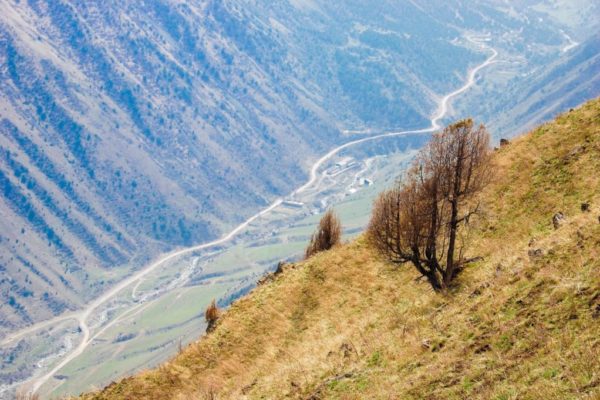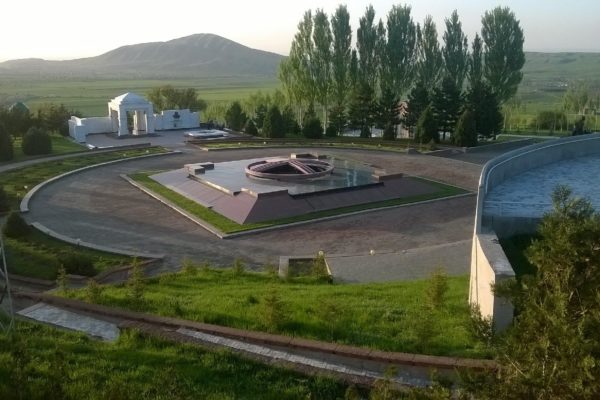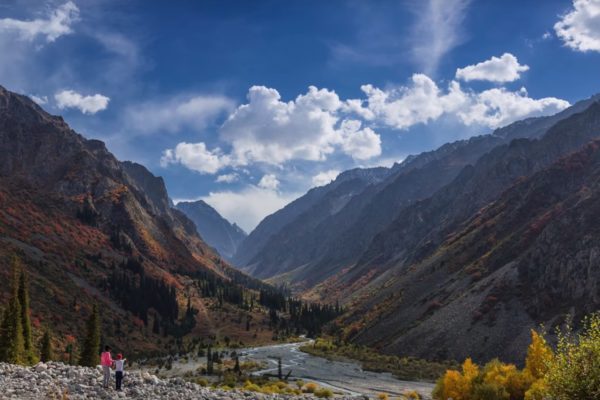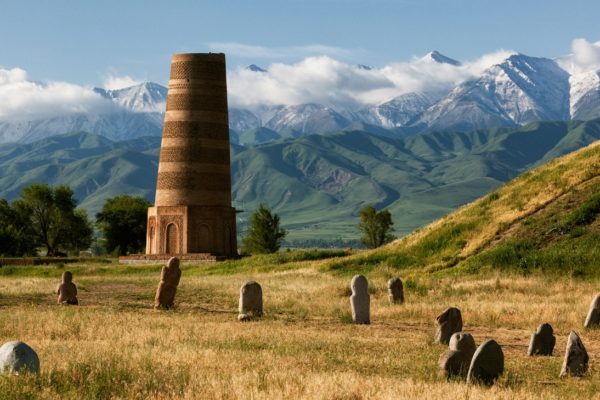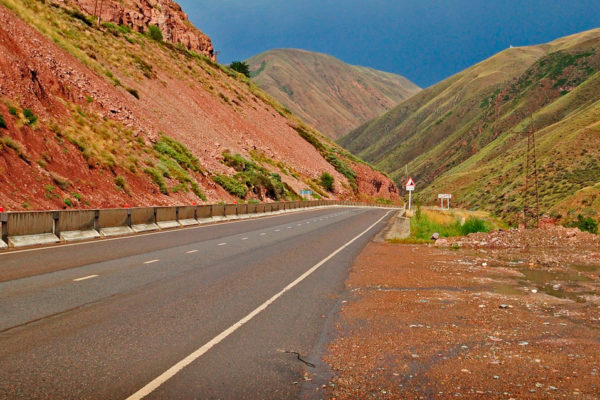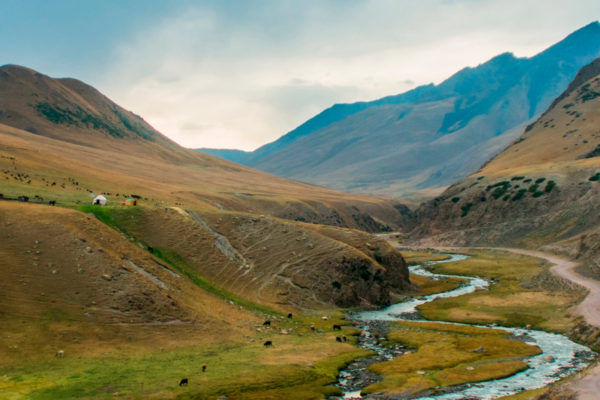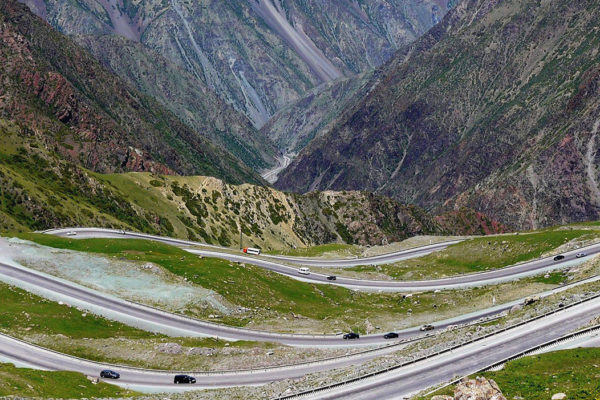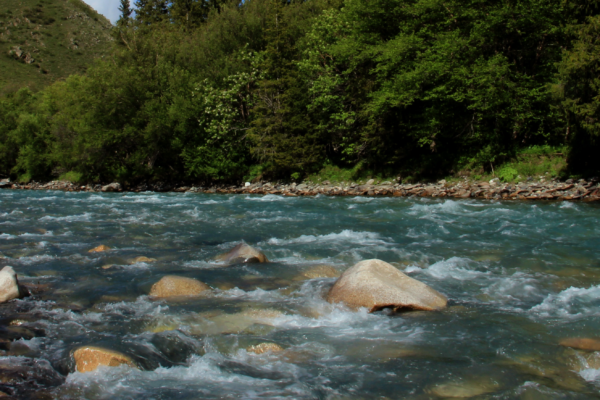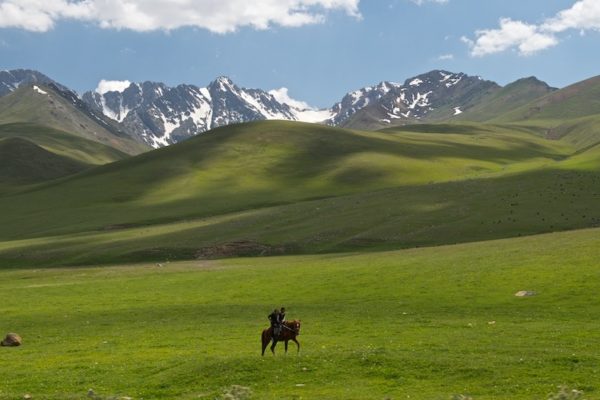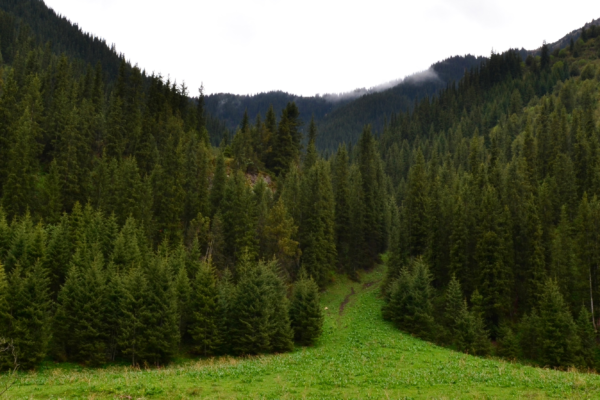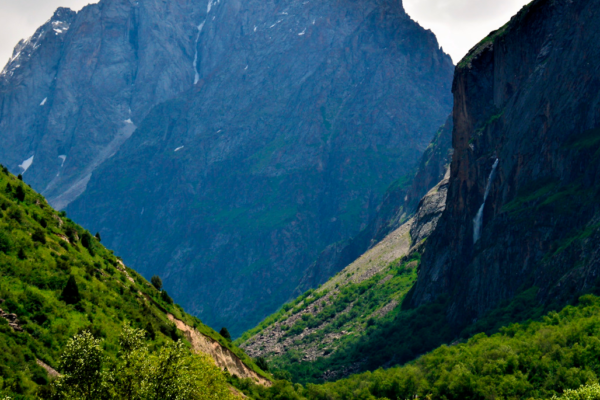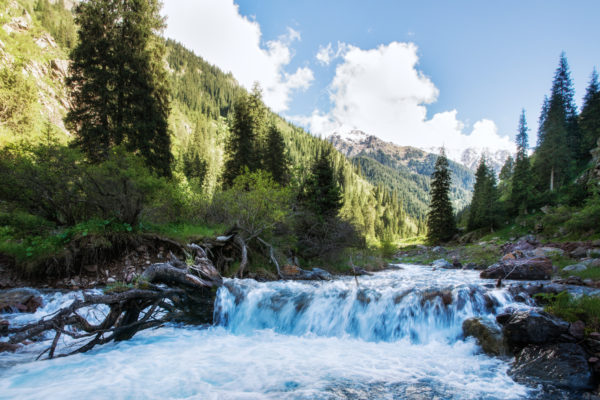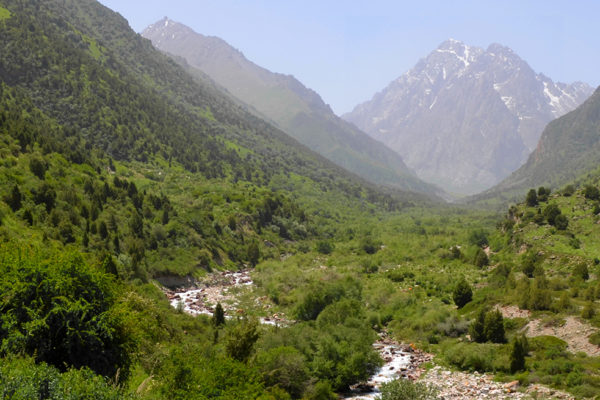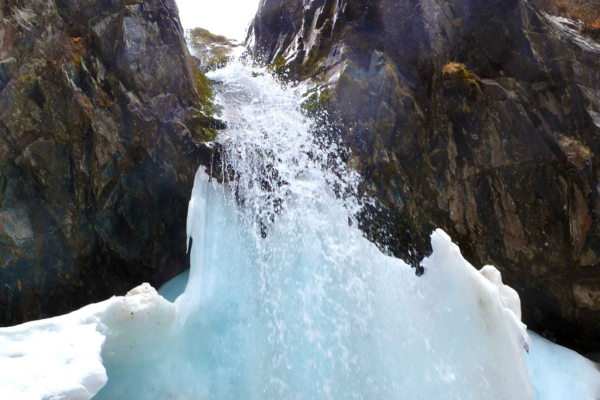Chuy region is one of the three northern regions of Kyrgyzstan. This is the most developed economic region of the country and it has great tourism potential.
Things to do in Chuy Region
A unique combination of natural characteristics – a vast valley of low altitude and abruptly rising above the valley of the mountain make the Chuy region very interesting for all kinds of tourists. There are many possibilities for ecological and cultural tourism as well as routes for trekking, mountaineering, rafting, cycling, ecological tourism, cultural, etc. Many touristic sights are available due to the proximity of the capital and sufficient tourist infrastructure.
Sights Map of Chuy Region
What is interesting about Chuy Region?
What is interesting about Chuy Region?
The region received its name from the Chuy Valley, one of the largest valleys of Kyrgyzstan, through Chuy Region, one of the largest rivers of the Tien Shan, the Chu River, carries its waters from the slopes of numerous ridges and glaciers in the north of the country. Many rivers flow from the gorges of the Kyrgyz ridge to the valley. The largest are the rivers Ala-Archa, Issyk-Ata, Alamedin and Ak-Suu. In addition to the Chuy valley, the Chuy region partially includes the Suusamyr valley, as well as the Chon-Kemin and Kichi-Kemin valleys.
The Kyrgyz Range (also Kyrgyz-Ala-Too) is almost entirely located in Chuy Region. The Kyrgyz range is one of the longest ridges of the Tien Shan in the territory of Kyrgyzstan, second after the Kokshal-Too Range. Its highest point is the Peak Semenov-Tyan-Shansky, located at an altitude of 4875. Also in the territory of the Chuy Region are the Kungei-Ala-Too, Zailiysky Alatau, Talas, Suusamyr-Too and Jumgal-Too ranges.
The Chuy Valley has been a heart of civilization in Central Asia since ancient times due to to a good climate, plenty of water and other natural resources. Through it passed the Great Silk Road, and therefore in different historical periods here found a haven for a variety of peoples and cultures. So on the territory of Chuy Region lived ancient Scythians and Turks. There are also centers of different religious cultures: Buddhist (stone sculptures of the Buddha, found in the Krasnorechensky fort, ruins of Buddhist temples, as well as the image of the Buddha-healer in the gorge of Issyk-Ata) and Islamic. Numerous historical cities and settlements were located in the territory of the valley at different times. These include, for example, the city of Balasagun (Burana Tower), the capital of the Karakhanid state, the remains of which can still be seen with our own eyes, as well as the Krasnorechesky fortified settlement, the ancient settlements of Suyab, Nevaket and Ak-Beshim.
If you have found a spelling error, please, notify us by selecting that text and pressing Enter+Ctrl.
